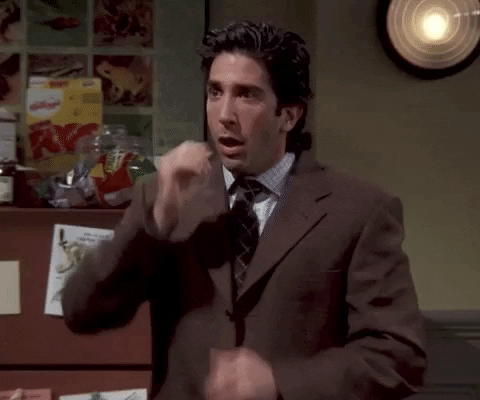Heeeyho Readers! Coming by with five facts about a broken bone journey
Wooo-lo-lo readers! I believe everyone knows by now that I’ve been hit and catapulted out of my bicycle. The result? A fractured tibia and a subsequent surgery to insert an adamantium a steel rod into the bone. Everything is fine; I’m already swimming. Yey!
A shattered bone remains a traumatic event, even for the strongest of the minds. One day you are energetic then bang, your life goes upside down. Dependency, crutches, plaster, pain, uncertainty, clogged guts, and fatigue. Even pooping becomes a hassle. Oh, the glorious first month of healing.
Doctors can employ saws, drills, and screws modern medicine tools to fix your carcass. They can also help in guiding the broken fella through the physical aspects of the misfortune. However, are docs talking about the psychological effects of a traumatic injury?
Let’s approach this question from my own experience through this ongoing journey and talk about what doctors won’t tell you.

1. Accepting dependency
It is evident that a broken bone, in some cases, generates a level of dependency. In a crippled leg, hands are constantly busy with the crutches, so hauling stuff around is a pain in the behind. Accepting help and avoiding being a hero is crucial.
One day it took me four chairs to move a cup from the counter to the sofa when I could’ve just accepted help—big-headed to say the least.
People who love you won’t be mad if you request help. So don't be the Mr./Miss Independent.
2. Don’t be overly preoccupied

I was lucky enough to have a decent fracture that was almost painless—the same might not apply for everyone. I did have all sorts of weird sensations on my leg, though. No traumatologist will help with the psychological effect of a broken bone. Doctors are clueless about your future reactions too; hence, they will answer your concerns with general, unhelpful information.
You won’t be able to rest if you keep on thinking about the pain and the awful color of your limb. A restless mind is an anxiety bomb ready to explode. Let life unfold and trust your doctor when he/she tells you to rest and wait. I know it’s easier said than done, but you gotta try; pray, or meditate if you want to. One way to find comfort is by talking to people who’ve gone through the same injury. When you least realize it, the symptoms will start to disappear on their own. Why feeling anxious then?
3. Embrace nudity

During my first weeks I was unable to move my leg properly, so sitting (including to poop) and showering became challenges. Most of the time I only had my mom helping me. Now imagine…how awkward it felt to expose my flying ding-dong to my mom. If you are weird like me, this is the best time to accept nudity to whoever comes to the rescue. Let the ding-dong fly! (Same apply for non-ding-dongers.)
4. Rest, rest and rest
Splintered bones take a heck ton of energy to heal. Don’t be anxious to go back to work and move around all the time. The first six to eight weeks are the most critical ones and your body will demand that extra energy. I remember feeling completely fatigued from just limping on crutches around the house. If you feel sleepy, sleep. There’s nothing wrong with your body; you are not being lazy. Be patient, for Christ’s sake!
5. Check your posture!
Doctors will give you all the precautions about your injured limb. How about the rest of your decaying carcass?
It’s easy to fall for the trap: a laptop and a cozy bed. I learned this lesson the hard way when I began to suffer from cervical headaches. If you can’t wait ‘til feeling comfortable to work elsewhere, please invest in devices to provide you a better posture—pillows won’t do the trick here. Also, make sure to stretch your neck and avoid looking down when walking on crutches. There’s nothing worse than seeing your limb improve and having to fix a stiff neck.
Ah! Go to physiotherapy as soon as the doc allows. I found swimming the best: not boring and exercises the whole body.
Righty, my fellas. Those were five topics that came to mind as I sit here (not in bed) remembering the first two months of my healing process. There are more laughable, frustrating, and mindful moments I plan to write about as I advance on this wild journey. I hope you have enjoyed this post. And I wish my words become useful for anyone beginning the healing process.
Have you ever broke anything? How was your journey?
If you enjoyed this post consider leaving your upvote for a hot coffee.
Find me on Twitter: https://twitter.com/mrprofessor_
~Love ya all,

Disclaimer: The author of this post is a convict broke backpacker, who has travelled more than 10.000 km hitchhiking and more than 5.000 km cycling. Following him may cause severe problems of wanderlust and inquietud. You've been warned.
